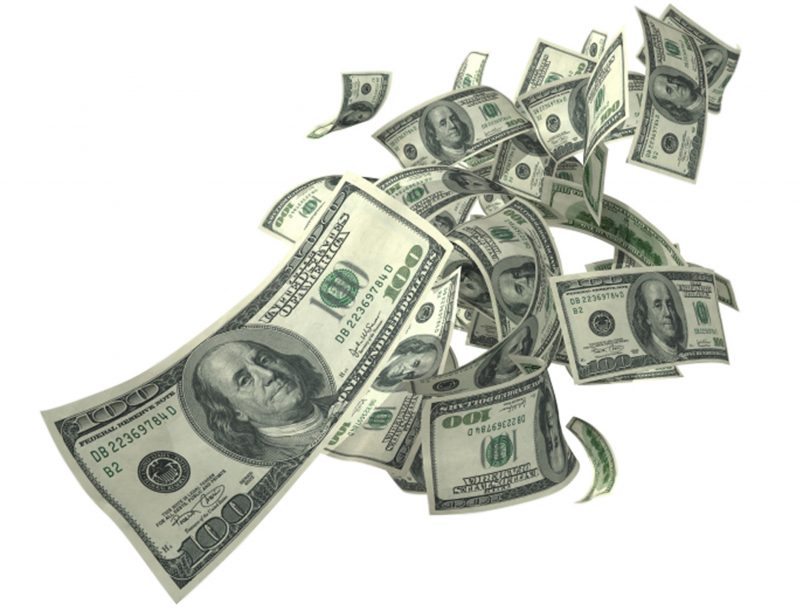Below are the 4 sectors of the cash flow statement which are crucial in your business…
The cash flow statement reports the cash generated and used during the time interval specified in its heading. The period of time that the statement covers is chosen by the company. For example, the heading may state “For the Three Months Ended December 31, 2016” or “The Fiscal Year Ended September 30, 2016”.
The Cash Flow Statement Organizes And Reports The Cash Generated And Used In The Following Categories:
- Operating activities: Converts the items reported on the income statement from the accrual basis of accounting to cash.
- Investing activities: Reports the purchase and sale of long term investments and property, plant and equipment.
- Financing activities: Reports the issuance and repurchase of the company’s own bonds and stock and the payment of dividends.
- Supplemental information: Reports the exchange of significant items that did not involve cash and reports the amount of income taxes paid and the interest paid.
What Can The Statement Of Cash Flows Tell Us?
Here are a few ways the statement of cash flows is used.
- The cash from operating activities is compared to the company’s net income. If the cash from operating activities is consistently greater than the net income, the company’s net income or earnings are said to be of a “high quality”. If the cash from operating activities is less than net income, a red flag is raised as to why the reported net income is not turning into cash.
- Some investors believe that “cash is king”. The cash flow statement identifies the cash that is flowing in and out of the company. If a company is consistently generating more cash than it is using, the company will be able to increase its dividend, buy back some of its stock, reduce debt, or acquire another company. All of these are perceived to be good for stockholder value.
- Some financial models are based upon cash flow.
Understanding The Changes In Cash
You can make the following general assumptions:
- When an asset (other than cash) increases, the Cash account decreases.
- When an asset (other than cash) decreases, the Cash account increases.
- When a liability increases, the Cash account increases.
- When a liability decreases, the Cash account decreases.
- When owner’s equity increases, the Cash account increases.
- When owner’s equity decreases, the Cash account decreases.
Here’s a Tip
For a change in assets (other than cash)—the change in the Cash account is in the opposite direction.
For a change in liabilities and owner’s equity—the change in the Cash account is in the same direction.
Format Of The Statement Of Cash Flows
The statement of cash flows has four distinct sections:
- Cash involving operating activities
- Cash involving investing activities
- Cash involving financing activities
- Supplemental information
Assuming that the cash flow statement is being prepared using the indirect method (the method used by most companies) the differences in a company’s balance sheet accounts will provide much of the needed information. For example, if the statement of cash flows is for the year 2016, the balance sheet accounts at December 31, 2016 will be compared to the balance sheet accounts at December 31, 2015. The changes—or differences—in these account balances will likely be entered in one of the sections of the statement of cash flows.
Shown below is each of the four sections of the statement of cash flows, followed by a list of those balance sheet accounts which affect it.
1. Cash Provided From Or Used By Operating Activities
This section of the cash flow statement reports the company’s net income and then converts it from the accrual basis to the cash basis by using the changes in the balances of current asset and current liability accounts, such as:
- Accounts Receivable
- Inventory
- Supplies
- Prepaid Insurance
- Other Current Assets
- Notes Payable
- Accounts Payable
- Wages Payable
- Payroll Taxes Payable
- Interest Payable
- Income Taxes Payable
- Unearned Revenues
- Other Current Liabilities
In addition to using the changes in current assets and current liabilities, the operating activities section has adjustments for depreciation expense and for the gains and losses on the sale of long-term assets.
2. Cash Provided From Or Used By Investing Activities
This section of the cash flow statement reports changes in the balances of long-term asset accounts, such as:
- Long-term Investments
- Land
- Buildings
- Equipment
- Furniture & Fixtures
- Vehicles
In short, investing activities involve the purchase and/or sale of long-term investments and property, plant, and equipment.
3. Cash Provided From Or Used By Financing Activities
This section of the cash flow statement reports changes in balances of the long-term liability and stockholders’ equity accounts, such as:
- Notes Payable (generally due after one year)
- Bonds Payable
- Deferred Income Taxes
- Preferred Stock
- Paid-in Capital in Excess of Par-Preferred Stock
- Common Stock
- Paid-in Capital in Excess of Par-Common Stock
- Paid-in Capital from Treasury Stock
- Retained Earnings
- Treasury Stock
In short, financing activities involve the issuance and/or the repurchase of a company’s own bonds or stock as well as short-term and long-term borrowings and repayments.
4. Supplemental Information
This section of the cash flow statement discloses the amount of interest and income taxes paid. Also reported are significant exchanges not involving cash. For example, the exchange of company stock for company bonds would be reported in this section.
Article references:
https://www.accountingcoach.com/cash-flow-statement/explanation/2







